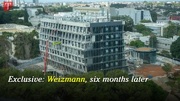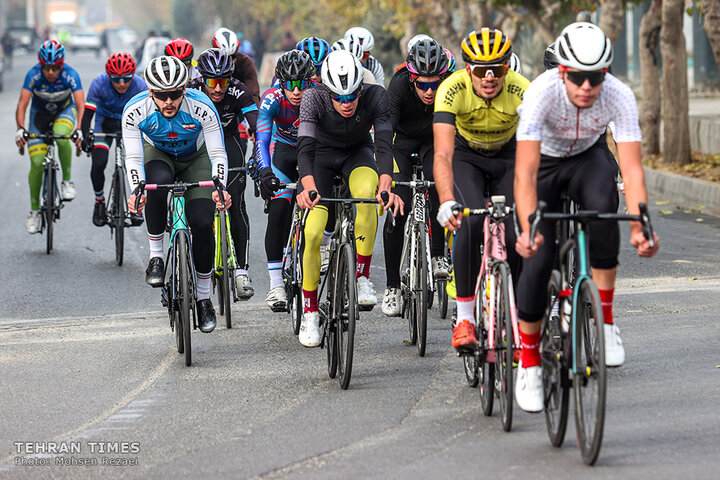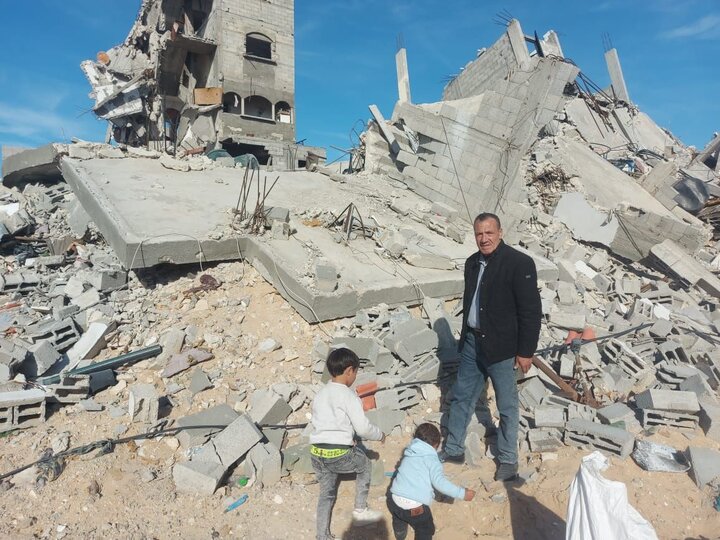-
 2026-01-05 21:50
2026-01-05 21:50
By Sheida Sabzehvari
Miscalculation by Iran's enemies could open gates of hell on them
US president and the war criminal he serves appear to have yet to learn from their failed war in June
TEHRAN – On June 13, U.S. President Donald Trump and Israeli Prime Minister Benjamin Netanyahu launched a full-scale war against Iran, beginning their military campaign by assassinating Iran's top military generals.
-
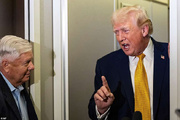
By Matin Jamshidi
The anarchy of the Trump Doctrine
Europe should wake up as Trump is knocking on the door
TEHRAN - By kidnapping Venezuelan leader Nicolás Maduro in the dead of night on January 3, under the pretext of "narco-terrorism" charges, Donald Trump and his inner circle are pushing the world toward anarchy, or more accurately, the law of the jungle.
-
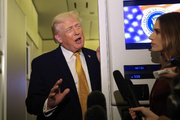
By Shahrokh Saei
Trump’s imperial reach: From Latin America to Greenland
TEHRAN – U.S. President Donald Trump’s threats against other countries, issued after the abduction of Venezuelan President Nicolás Maduro in a military operation that included deadly strikes inside the Latin American nation, are not merely reckless—they are a brazen display of imperial arrogance.
-
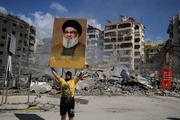
By Sondoss Al Asaad
Lebanon between war and ‘neutralization’
BEIRUT—Lebanon is once again being asked to believe in calm—carefully worded, condition-laden calm—at a moment when pressure, not peace, defines the regional landscape.
-
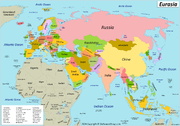
By Dr. Jin Liangxiang
Iran and AsiaEuro continent: Underestimated connection and underrecognized role
SHANGHAI - The last decades have witnessed that Iran’s engagement with AsiaEuro continent has become more and more intensive, and this trend has become even more prominent since the 12-day war in 2025. Historically, Iran has always been a part of AsiaEuro continent though the connections between the two have been underestimated.
-
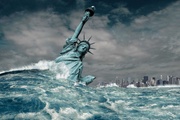
By Xavier Villar
Administered states, contained fortresses, legal relics
What the US war on Iran and its kidnapping of Maduro mean for world’s future
MADRID – Nicolas Maduro was not extradited. He was kidnapped. The distinction belongs not to legal semantics but to constitutive political violence.
Politics
-
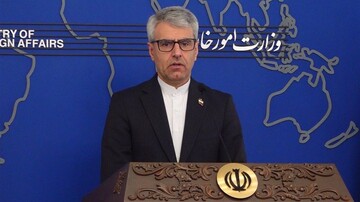
Tehran warns of global fallout over US abduction of Venezuelan president
TEHRAN – Iran has reiterated its condemnation of the "utterly illegal" abduction of Venezuelan President Nicolas Maduro and his wife, Cilia Flores, by the United States, insisting that the kidnapped couple must be released immediately, demands Venezuelan authorities and its populace have also announced in recent days.
-
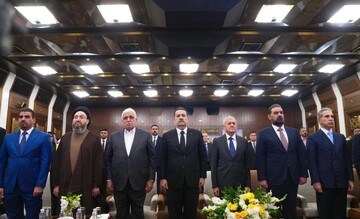
Iraqi officials unite in honoring Gen. Soleimani, condemning US ‘state terrorism’
TEHRAN – Iraqi Prime Minister Mohammed Shia al-Sudani has praised the "decisive and fateful" roles of the late Iranian General Qassem Soleimani and the Iraqi commander Abu Mahdi al-Muhandis, in safeguarding Iraq's security. He emphasized that the unwavering support from the Islamic Republic of Iran was fundamental to Iraq’s historic victory over the Daesh terrorist organization.
-

Trump's Iran meddling from sanctions to tweets
JAKARTA – On January 2, 2026, U.S. President Donald Trump threatened military intervention against Iran on his Truth Social platform, using the phrase "locked and loaded." This declaration of intent to interfere in a sovereign nation's internal affairs was blatant, yet it represented a familiar pattern in the history of American intervention in Iran.
Sports
-

Tough task awaits Iran at 2026 Asian Handball Championship: Guijosa
TEHRAN – Iran handball head coach Rafael Guijosa said Team Melli face a difficult challenge at the 2026 Asian Men’s Handball Championship.
-

Shakirova named Iran’s women’s basketball head coach
TEHRAN - Elen Shakirova has been officially appointed as the new head coach of Iran’s women’s national basketball team, marking a significant step for the program as it continues its upward development.
-
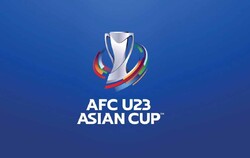
Iran determined to start 2026 AFC U23 Asian Cup on winning note
TEHRAN - Iran are determined to kick off their campaign on a winning note when they face South Korea in their AFC U23 Asian Cup Saudi Arabia 2026 Group C opening tie on Wednesday.
Culture
-
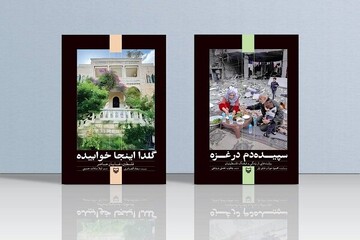
Two books on Palestinians’ lives published in Persian
TEHRAN – Soore Mehr Publication has released the Persian translation of two books about the life of Palestinians.
-

“Sparrow” to be released in Georgia
TEHRAN – The Iranian feature film “Sparrow” directed by Soheil Karami will be released in cinemas in Georgia from January 20.
-

“Conqueror of Khaybar” monument unveiled at Tehran’s Imam Khomeini Square
TEHRAN – Coinciding with the blessed birth anniversary of Imam Ali (AS) and the anniversary of the martyrdom of General Qassem Soleimani, a large monument titled “Conqueror of Khaybar” was unveiled at Tehran’s Imam Khomeini Square on Saturday.
Economy
-

Developing renewables, energy efficiency continues with private sector participation
TEHRAN- Iran’s Energy Minister Abbas Aliabadi, at the conference for the commencement of the executive operations of 1,269 megawatts of renewable power plants and electricity consumption optimization projects across the country, said: "The development of renewable energies and energy consumption optimization continues with the active participation of the private sector."
-

South Pars daily gas extraction reaches 725 mcm
TEHRAN- The oil minister, while appreciating the tireless efforts of operational personnel in the South Pars region, said a new record has been set in the South Pars gas field, and the amount of gas extracted from this field has reached about 725 million cubic meters (mcm) per day.
-

Iran moves towards single forex rate, aims to unify forex markets amid economic concerns
TEHRAN- At the 134th meeting of the Government-Private Sector Dialogue Council, while elaborating on some details regarding the implementation of the launch of the negotiated foreign currency exchange market and moving toward a single exchange rate, discussions were also held concerning the poor performance of active systems in the business environment. It was decided that, with the follow-up of the Ministry of Economy, the reorganization of these systems would be implemented with the aim of facilitating affairs.
Society
-

Connect Forum Specialized Meeting to be held
TEHRAN – The Organization for the Development of International Cooperation in Science and Technology will hold the ninth edition of the Connect Forum specialized meeting at the Iran House of Innovation and Technology (iHiT) in Tehran on Wednesday.
-

DOE develops five-year wildfire monitoring plan
TEHRAN – The Department of Environment (DOE) has developed a five-year monitoring plan to prevent the catastrophic wildfires, exacerbated by the drought, in four main types of areas, including national parks, wildlife refuges, protected areas, and national nature monuments.
-

‘Iran's wildlife reserves hosting at least 27 Asiatic cheetahs’
TEHRAN – Twenty-seven Asiatic cheetahs have been spotted so far in wildlife reserves across the country, an official with the Department of Environment (DOE) has stated.
Tourism
-
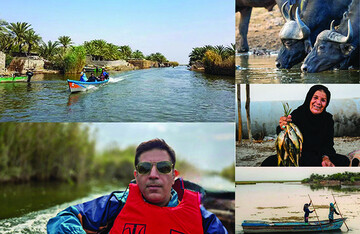
Sarakhieh, Iran’s little Venice
At first, it is hard to believe such a place exists in Iran. But deep inside the vast Shadegan wetland in Khuzestan province, there is a village where water is the main road and boats replace cars. This village is Sarakhieh, often called Iran’s “Little Venice.”
-

Isfahan holds ceremony marking UNESCO listing of mirror-work art
TEHRAN - A ceremony was held in Isfahan on Tuesday to mark the inscription of Ayeneh-Kari, the Iranian art of architectural mirror work, on UNESCO’s Representative List of the Intangible Cultural Heritage of Humanity.
-

Iran cultural office in Austria launches Europe-focused Iran studies prize
TEHRAN – Iran’s cultural office in Austria said it has launched the “Bert Fragner Award” to help promote Iran studies in Europe, with the inaugural award ceremony scheduled to be held in Vienna next month.
International
-

The anarchy of the Trump Doctrine
TEHRAN - By kidnapping Venezuelan leader Nicolás Maduro in the dead of night on January 3, under the pretext of "narco-terrorism" charges, Donald Trump and his inner circle are pushing the world toward anarchy, or more accurately, the law of the jungle.
-

Trump’s imperial reach: From Latin America to Greenland
TEHRAN – U.S. President Donald Trump’s threats against other countries, issued after the abduction of Venezuelan President Nicolás Maduro in a military operation that included deadly strikes inside the Latin American nation, are not merely reckless—they are a brazen display of imperial arrogance.
-

Lebanon between war and ‘neutralization’
BEIRUT—Lebanon is once again being asked to believe in calm—carefully worded, condition-laden calm—at a moment when pressure, not peace, defines the regional landscape.
Most Viewed
-
Iran is not Venezuela: Play with fire, get burned
-
Miscalculation by Iran's enemies could open gates of hell on them
-
Iran begins ‘targeted arrest’ of rioters
-
“Game Over Israel”: Red card pressure to hunt down Gaza genocide perpetrators
-
Iran moves to next stage in latest satellite missions following initial checks
-
15240
-
Worldwide anger at state-run abduction
-
Border guards foil attempted terrorist infiltration in SE Iran
-
Iran and AsiaEuro continent: Underestimated connection and underrecognized role
-
Machado as pawn: Venezuela on Washington’s imperial chessboard
-
Venezuela thanks Iran for solidarity as Caracas vows to resist US aggression
-
Iran, Afghanistan agree to boost rail freight capacity to 100,000 tons a month
-
“Conqueror of Khaybar” monument unveiled at Tehran’s Imam Khomeini Square
-
Kidnapping sovereignty: When law of the jungle replaces global order
-
The anarchy of the Trump Doctrine
